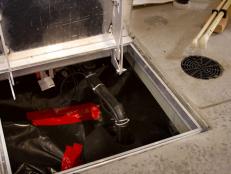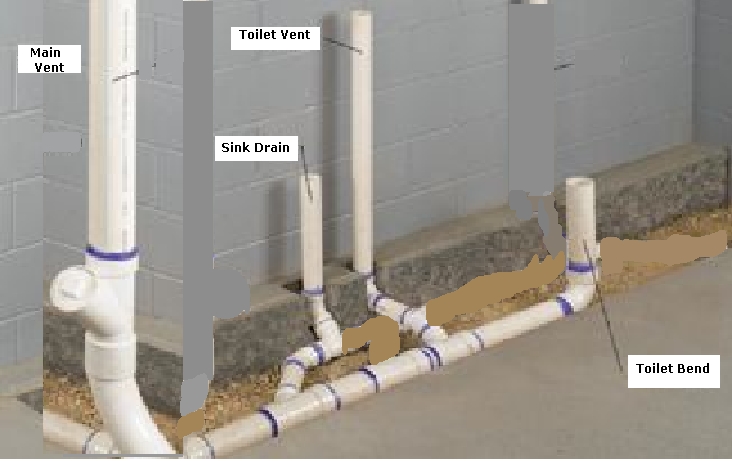Basement floor drains are crucial for managing water and preventing flooding in lower levels of homes. They are typically installed at the lowest point of the basement floor, where water naturally accumulates. The primary function of these drains is to collect and direct water away from the basement, keeping the area dry and safe. This is especially important in basements prone to moisture from groundwater, leaks, or plumbing issues. By efficiently channeling water away, floor drains help protect your home’s foundation and prevent water damage.
The operation of a basement floor drain is relatively straightforward. Water enters the drain through a grated opening in the floor. From there, it flows into a trap, which is a curved section of pipe that holds a small amount of water at all times. This water barrier prevents sewer gases from entering the basement, ensuring a safe and odor-free environment. After passing through the trap, the water continues to flow into the drainage system, which can connect to a sump pump, a sewer line, or a storm drain.
Maintaining a basement floor drain is essential for its proper function. Regularly check the drain for debris, such as dirt, leaves, or small objects, that could cause blockages. Cleaning the grate and the trap can prevent clogs and ensure smooth water flow. If you notice any slow drainage or standing water, it may be necessary to snake the drain or use a drain cleaner to remove any obstructions. Keeping the drain clear helps prevent water backup and maintains the efficiency of the drainage system.
In addition to routine maintenance, it’s important to inspect the basement floor drain periodically for any signs of damage or wear. Cracks in the drain or the surrounding concrete can allow water to seep into the basement, defeating the purpose of the drain. Repairing any damage promptly can prevent further issues and extend the lifespan of the drain. Ensuring that the drainage system is in good working order helps maintain a dry, safe basement environment.
Understanding how basement floor drains work and taking proper care of them can prevent water-related problems and protect your home. These drains play a vital role in managing moisture and maintaining a healthy basement. By regularly cleaning and inspecting the drain, you can ensure its efficiency and longevity. A well-maintained basement floor drain keeps your home dry and secure, providing peace of mind and protecting your investment for years to come.
Basement Floor Drain Diagram Waterproofing basement, Floor drains, Wet basement solutions
How to Unclog a Basement Floor Drain
Floor Drain Backing Up in Basement – YouTube
A Guide to Maintaining a Yard Drain Landscape drainage, Backyard drainage, Yard landscaping
New Basement Plumbing with Water and Drain Connections
Sewer Simulations Twinsprings Research Institute
Basement Floor Drainage Help – Building & Construction – DIY Chatroom Home Improvement Forum
Basement Finishing (floor Drain, And Layout ?) – General DIY Discussions – DIY Chatroom Home
Related Posts:











